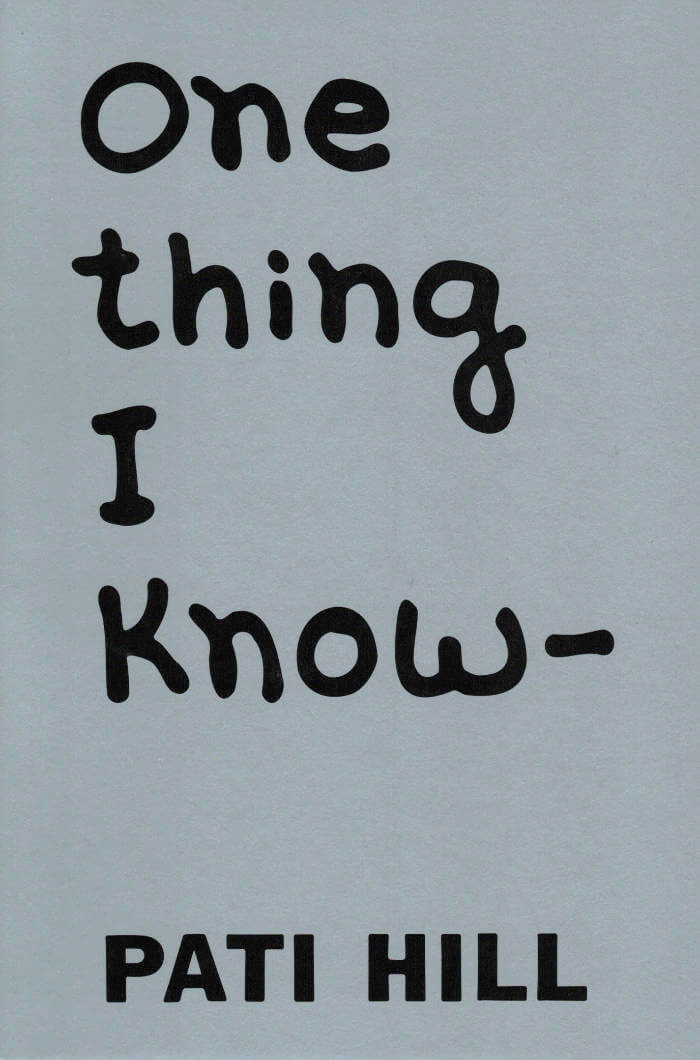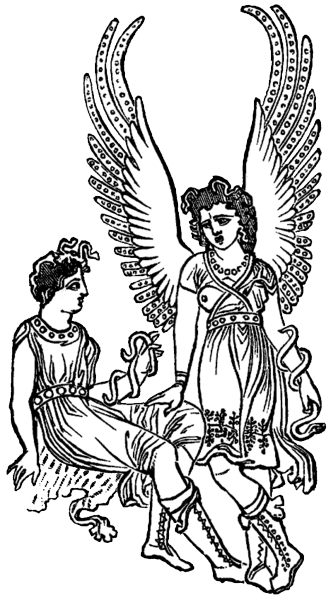Pati Hill
One Thing I Know is Pati Hill's third novel, first published in 1962, when she was forty-one and had just given birth to her first and only child. It is the last novel she wrote before claiming to "quit writing in favor of housekeeping".
Written in the purest tradition of American coming-of-age stories, One Thing I Know follows a sixteen-year-old girl, Francesca Hollins, as she discovers an unexpected taste for autonomy. The bravado of her affirmation cannot mask the seriousness of her conviction: "One thing I know, I will never be in love again." Francesca's journal begins with this statement, and neither Danny, a young boyfriend already haunted by bourgeois dreams, nor her mother, a woman she believes lacks all imagination, can convince her otherwise. The novel recounts how Francesca discovers an unexpected definition of her independence, something Diane Arbus perceived when she wrote to Hill: "I am more than ever convinced and maybe [Francesca] is too, that people are born old and that life has to be lived backwards and there is no convenient shortcut like forwards."


